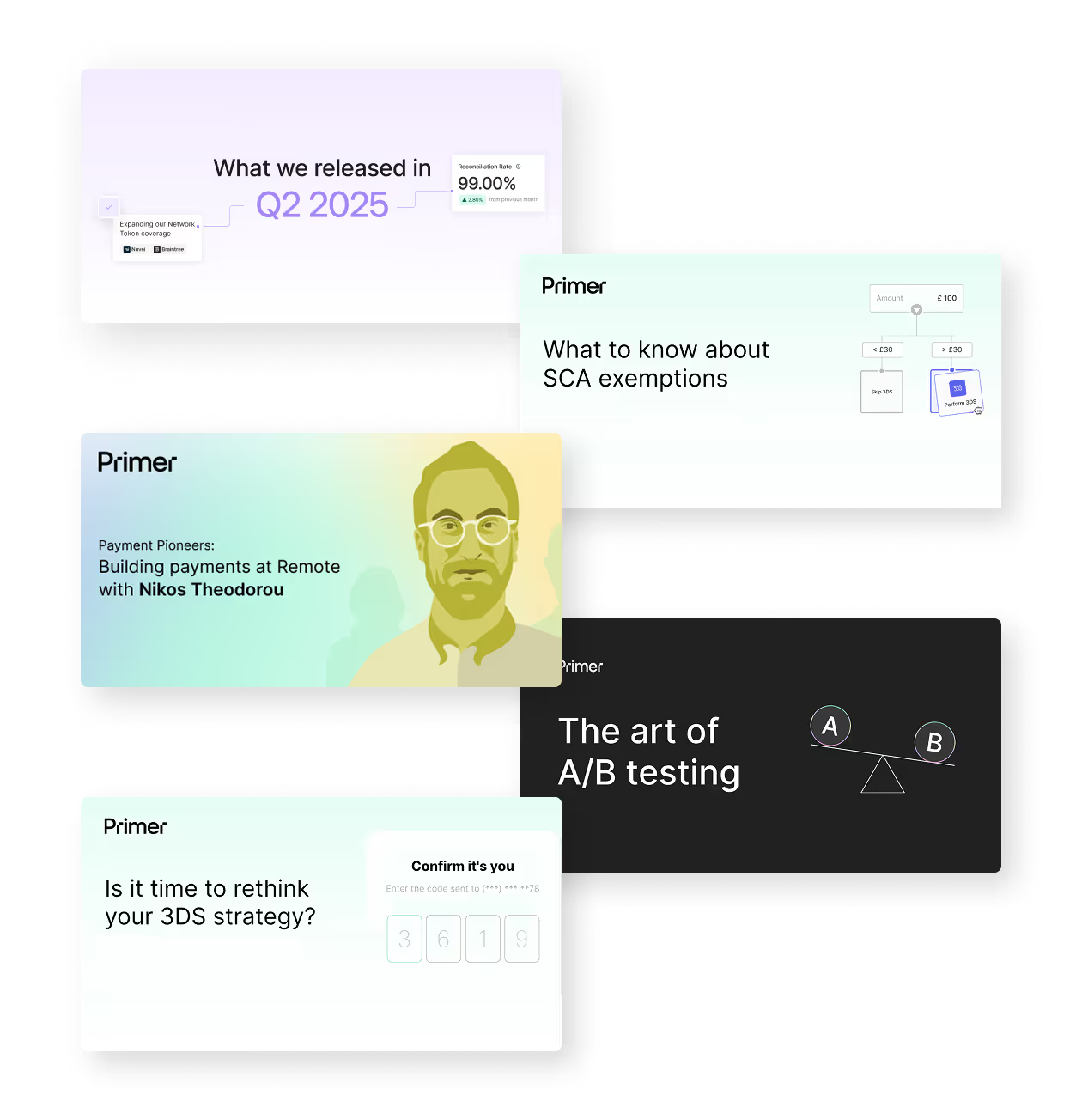You’ve nailed checkout and authorization optimization. Conversions are climbing. Customers are happy.
But for your finance team, the real challenge is just beginning because reconciliation is often where things start to fall apart.
Matching what was paid with what was received shouldn’t be a manual, error-prone mess. Yet for most businesses it still is, and it's only getting harder as businesses scale across markets and utilize more payment services.
That’s why we built Reconciliation: to bring clarity, accuracy, and control to one of the most overlooked parts of the payment flow.
Reconciliation reality for finance teams
Behind every approved payment lies a tangled mess of settlement files, payout reports, fee structures, and currency conversions. What should be a clear ledger too often becomes a black box.
Each Payment Service Provider (PSP) sends data in its own format, on its own timeline, with its own quirks and inconsistencies. Reconciling this data line by line isn’t just tedious. It’s time-consuming, error-prone, and costly.
But the real issue isn’t just the manual workload. It’s the lack of visibility.
Finance teams often lack a real-time view of what has been paid, what has been settled, or what fees have been deducted. Instead, they must to rely on complex reports and inconsistent data to make critical decisions.
This level of opacity introduces risk. When the data can’t be trusted, it becomes difficult to assess performance or report on revenue with confidence.
I’ve spoken to merchants who’ve uncovered discrepancies worth tens of thousands of dollars. One found they’d been overcharged by $150,000, only realizing months later during a manual review of settlement reports.
And the challenge is only growing. As businesses expand and adopt more PSPs across new markets, the fragmentation intensifies. Even with a single provider, reconciliation has never been straightforward, but with multiple services, currencies, and reporting formats, the complexity multiplies fast.
We’ve seen this pattern again and again, and we felt a responsibility to address it because payments don’t stop at the transaction. They touch every part of the business, and finance shouldn’t be left behind.
Rethinking reconciliation
We built Primer Reconciliation to help fix this downstream bottleneck and ensure parity between the front and back of the payment journey.
Our goal was simple from the start: Build a reconciliation solution designed for today's API-first, multi-PSP environments?
We then used three core principles to guide solution design:
- Abstraction: Because PSPs report data differently, we standardize inputs into a consistent structure, transforming formerly chaotic file formats into a single, predictable integration.
- Unification: Rather than forcing teams to switch between dashboards or download spreadsheets from every provider, Primer brings it all together. Merchants get a clear, consolidated view of transactions, fees, and payouts, across all PSPs, in one place.
- Simplicity: Merchants shouldn't have to become experts in how their PSPs calculate fees. They're trusting us to abstract that complexity away so they can answer the most critical question: "Were we paid correctly, and what did it cost?" and focus on the business, not the billing engine.
.avif)
The result? A reconciliation solution that eliminates roadblocks and empowers finance teams to close faster, and with far less manual effort. But more than this, it also transforms data into clear, accurate, and actionable insights that unlock real bottom-line value.
Opening the door to a new layer of merchant intelligence
Primer Reconciliation provides a granular, finance-ready summary of every fee component and net payout for every transaction across all PSPs.
Complex lifecycle events, such as chargebacks, refunds, or partial settlements, are reconciled as a single line, complete with any associated costs. If PSPs use blended or interchange-plus pricing, we display the breakdown accurately, mapped to the transaction.
For many merchants, it's the first time they've had this level of insight, giving them a reliable source of truth that aids in making smarter decisions, uncovers hidden inefficiencies, and lays the groundwork for true PSP optimization.
And we're already seeing Reconciliation having a real impact.
Merchants are using it to compare PSP performance, identify cost discrepancies, renegotiate fees, and update their routing logic to favor lower-cost options.
One travel merchant, for example, discovered they were paying significantly higher interchange fees with a particular provider. They adjusted their routing strategy and redirected their volume to another provider, which led to a conversation with the PSP about reducing fees.
Making reconciliation part of every payment strategy
Ultimately, reconciliation isn't just an accounting requirement; it should be viewed as a strategic layer in your payment infrastructure and treated accordingly because payments don't end at the checkout.
With Primer Reconciliation, you can move from reactive reconciliation to proactive cost control. You can trust that payouts match expectations, see the real cost of every transaction, and remove the guesswork from PSP data to make sure you're getting full value from your relationships.
Ready to unblock downstream processes?
Primer Reconciliation gives your finance team the tools to move faster, close with confidence, and uncover hidden opportunities across your entire payment stack.
Find out more or book a demo to see Reconciliation in action.




(1).png)
.png)